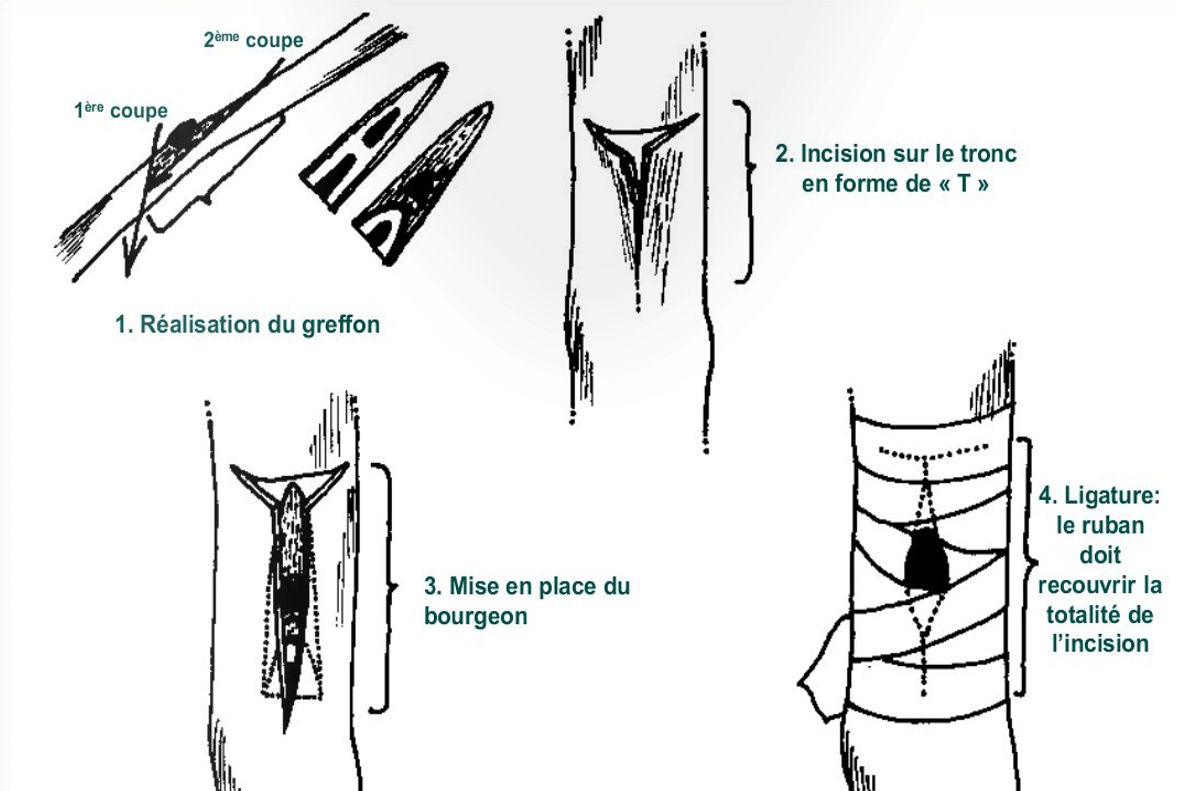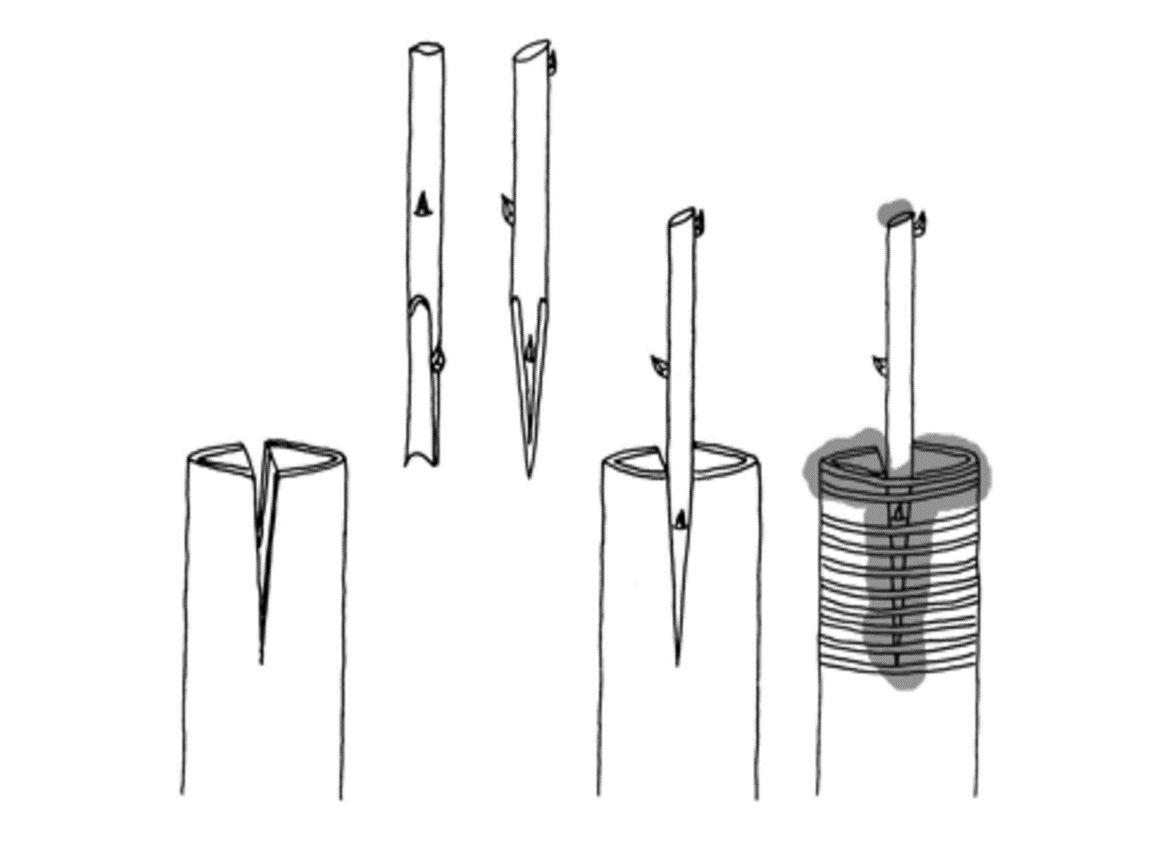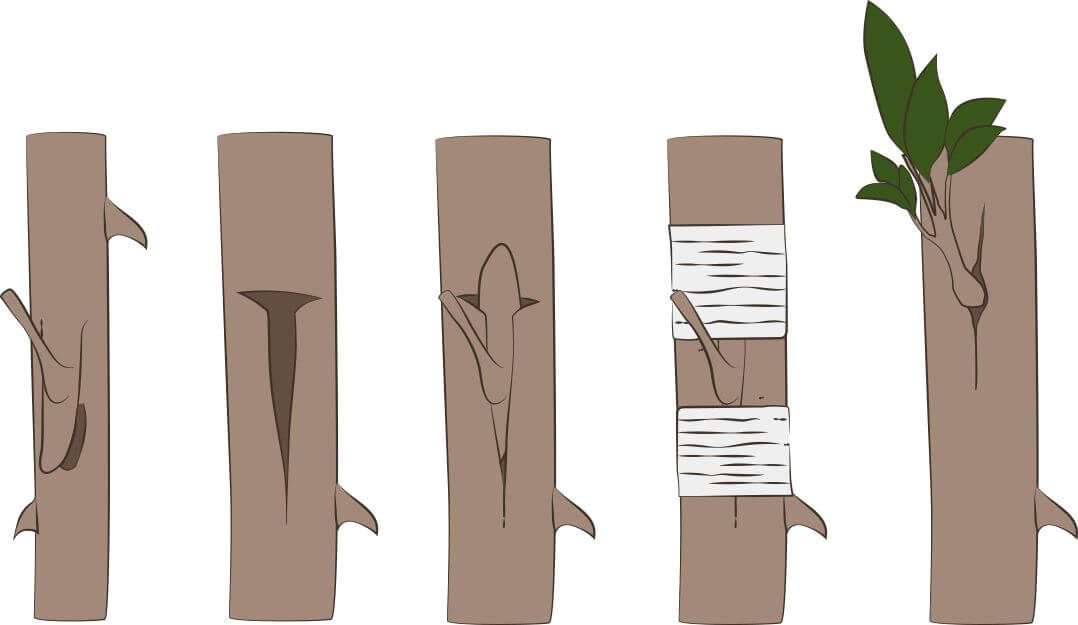TOPGRAFTING AND IN-FIELD GRAFTING IN VITICULTURE
Changing grape variety or clone, rejuvenating a vine, or introducing a massal selection: topgrafting and on-site grafting are quick and effective solutions without uprooting the vineyard.
Topgrafting and on-site grafting in viticulture
These methods can achieve different technical goals without removing the whole plot. They make use of the existing root system and bring the vines back into production more quickly.
Changing variety or clone
If a better-adapted variety or clone is identified, it can be grafted directly onto existing vines.
The key advantage is using the existing roots, which shortens the time before production starts again.
Lowering the vine structure
A vine can be lowered above or below the grafting point, no matter its variety or age.
The main reasons are:
- Rejuvenating the vine by grafting above the old graft.
- Restoring a very weak, even nearly dead vine by grafting onto the rootstock below the old graft.
Reducing the limits of bench grafting
Bench grafting has made large-scale vine plant production possible, but it has some drawbacks:
- Poor healing of the graft
- Difficult growth in the nursery
- Rootstock/scion incompatibility
These issues are less common with on-site grafting, which benefits from the strength of already established roots.
Introducing a massal selection
Topgrafting or on-site grafting can add a massal selection to an existing vineyard.
This technique uses one or several high-quality vines for grafting, which increases genetic diversity and improves plant complementarity.
Methods of topgrafting and on-site grafting
-
Scion selection and preparation
-
Chip-bud grafting

-
T-bud grafting

-
Cleft grafting

